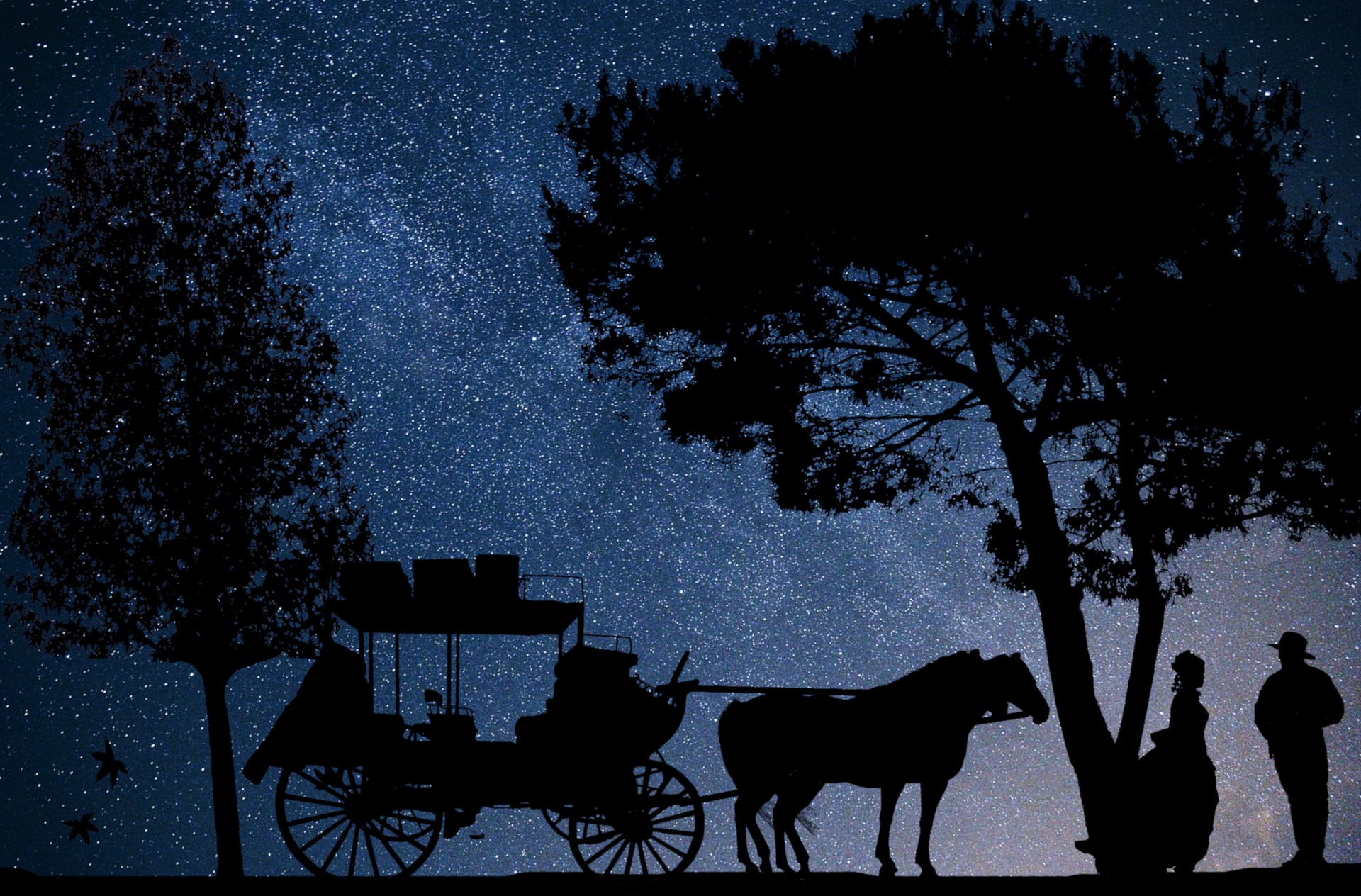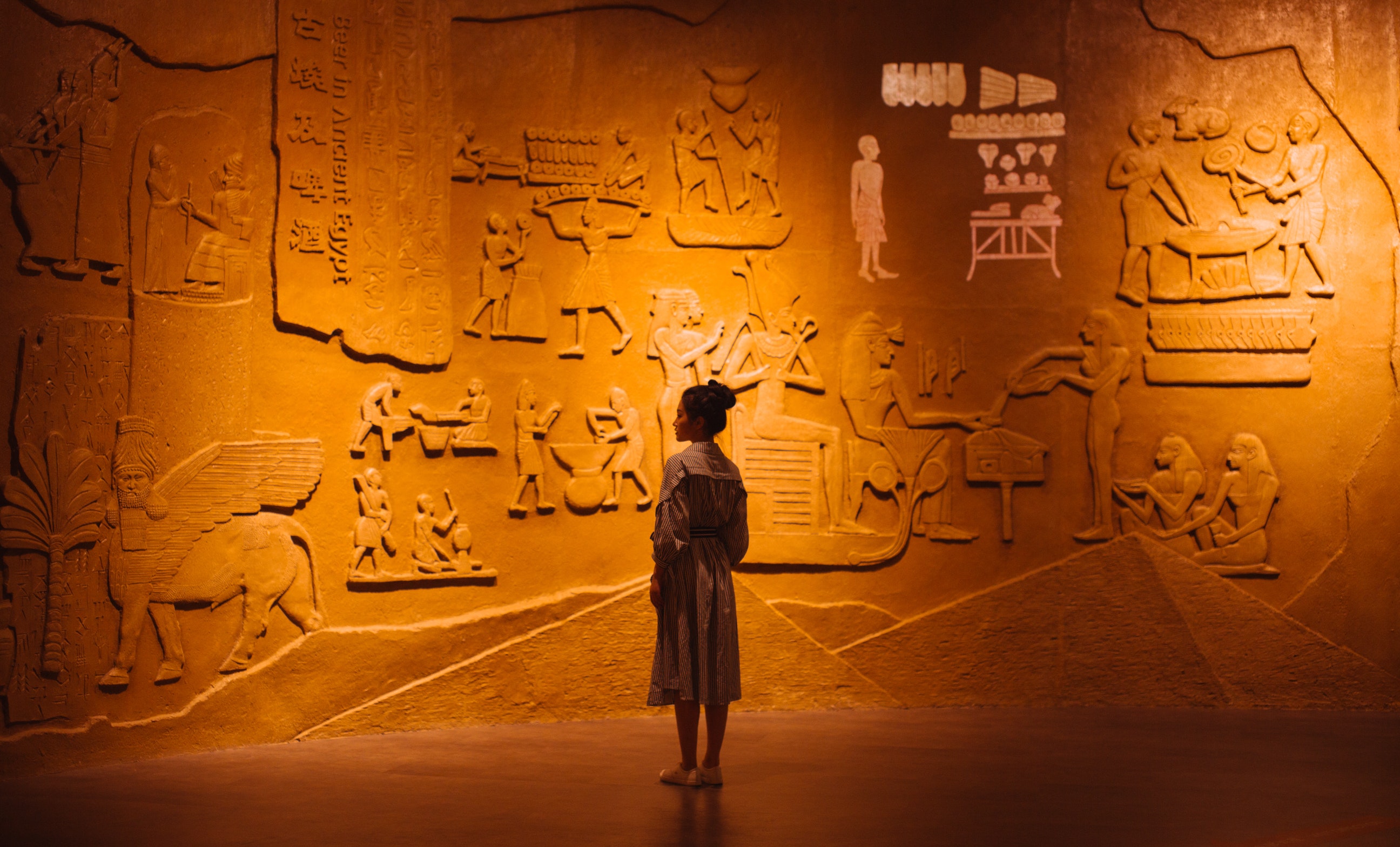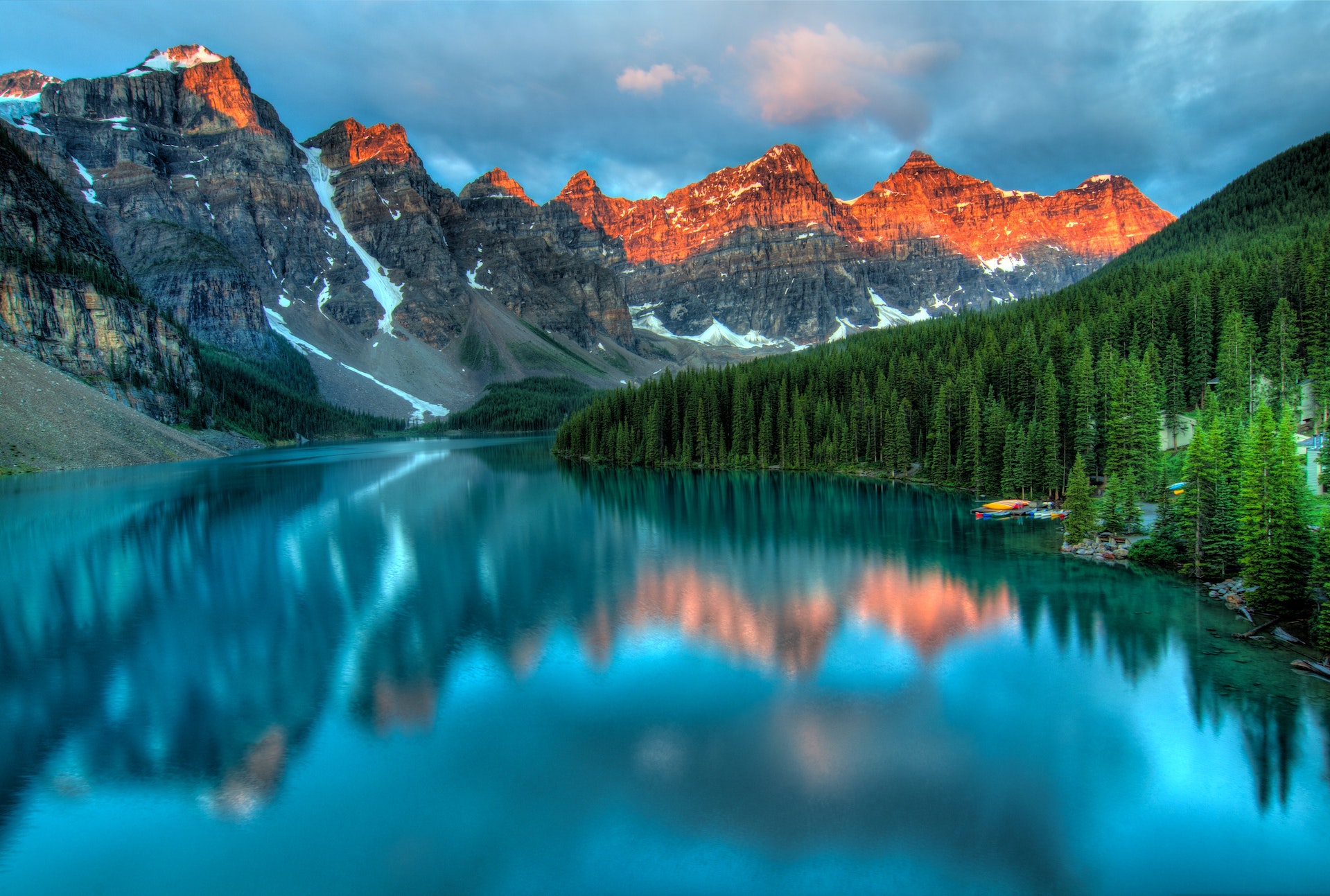Passion of the People – 1.5.1
Tourism – A Sector in Constant Search of New Offers
Travelling has always been part of our history. In ancient times, it was mainly related to necessities (e.g., search for food, search for better conditions, escape from enemies). Later, especially since the Middle Ages, new types of travel began, such as those for religious purposes, which led to the first offers of accommodation and organised travels.
In more recent times, tourist travel was developed by wealthy Europeans during the so-called Grand Tours, namely sightseeing tours to major attractions around Europe.
It was only after World War II, thanks to technological developments and increased general prosperity, that mass tourism as we know it today began to develop.
It has become a way to get out of one’s routine and discover the world. Tourism has also become a very important economic sector, creating many jobs.
Since then, tourism has continued to develop rapidly, not only with the decrease in travel costs and the arrival of technological tools for research and booking, but also, in more recent times, with travel video bloggers and travel influencers.
However, mass tourism has had and continues to have many social and environmental consequences: depletion of resources, production of greenhouse gases, weakening of local populations, of their land of and their cultural heritage.
New concepts of tourism have developed thanks to the awareness of the downside of mass tourism, such as sustainable tourism, green tourism, responsible tourism, ecotourism and ethical tourism.
The strong impetus given by the worsening climate crisis and its perception by tourists as well as the events related to the pandemic have helped to reinforce these trends.
In many cases, tourists are becoming more and more demanding. As a matter of fact, tourists now demand customisable quality offers that have to be linked to local specificities and to meet everyone’s needs.
In this context, astrotourism can represent an offer combining environmental sustainability, a non-trivial tourist attraction and the possibility of fostering both knowledge of the area and an offer that can be addressed to different targets (e.g., stargazers, nature enthusiasts, history or local legends enthusiasts, children, families).
Other important opportunities related to dark sky tourism are, for example, the possibility of doing it in the off-season (i.e., times when nights are longer) and of developing it in rural areas, which often need new economic opportunities so as to also favour accommodation facilities and discourage hit-and-run tourism.
Not to mention the possibility of organising activities for a few people in an open space, which is an interesting opportunity especially in pandemic times.



Further Resources
Links below will redirect you to external websites. In accordance with the European data protection declarations, we would like to point out that by clicking on these links you may send data to external providers. We cannot prevent that.
Videos
![]() Under the Dark Skies | National Geographic
Under the Dark Skies | National Geographic
![]() IAU Astrotourism Workshop | Dark Sky Tourism: An engine for sustainable socio-economic development
IAU Astrotourism Workshop | Dark Sky Tourism: An engine for sustainable socio-economic development
 Astronomitaly e I cieli più belli d’Italia su RAIPLAY – Astronomitaly
Astronomitaly e I cieli più belli d’Italia su RAIPLAY – Astronomitaly
Online Resources
 Storia Del Turismo: Come I Viaggi Hanno Cambiato Il Mondo – Maremania
Storia Del Turismo: Come I Viaggi Hanno Cambiato Il Mondo – Maremania
 Buone pratiche per il turismo sostenibile – GELSO
Buone pratiche per il turismo sostenibile – GELSO
 L’impatto ambientale del turismo di massa – THEGREENSIDEOFPINK
L’impatto ambientale del turismo di massa – THEGREENSIDEOFPINK
 Turisti a caccia di eclissi (e cieli puliti). Ecco i prossimi appuntamenti da non mancare, Italia compresa – Matteo Marini, La Repubblica
Turisti a caccia di eclissi (e cieli puliti). Ecco i prossimi appuntamenti da non mancare, Italia compresa – Matteo Marini, La Repubblica
 Dove osservare le stelle e la Via Lattea: i Cieli più belli d’Italia – Astronomitaly
Dove osservare le stelle e la Via Lattea: i Cieli più belli d’Italia – Astronomitaly
 Astroturismo: 5 Magiche Location per guardare le stelle in HD, tra i Cieli più belli d’Italia – ecobnb
Astroturismo: 5 Magiche Location per guardare le stelle in HD, tra i Cieli più belli d’Italia – ecobnb
Further Readings
 In viaggio. Viaggi e viaggiatori dall’antichità alla prima età contemporanea – Elisa Panero
In viaggio. Viaggi e viaggiatori dall’antichità alla prima età contemporanea – Elisa Panero
 Turismo sostenibile – Parlamento Europeo
Turismo sostenibile – Parlamento Europeo
Teaching Materials
 Storia del turismo: i primi viaggiatori dell’antichità – Elvira Lattanzi
Storia del turismo: i primi viaggiatori dell’antichità – Elvira Lattanzi
 2.La storia del turismo – Elisa Schiavone
2.La storia del turismo – Elisa Schiavone
For Kids
 I viaggi nella storia: dalla curiosità all’esperienza – InterGlobArte
I viaggi nella storia: dalla curiosità all’esperienza – InterGlobArte
